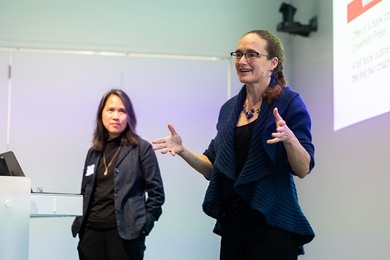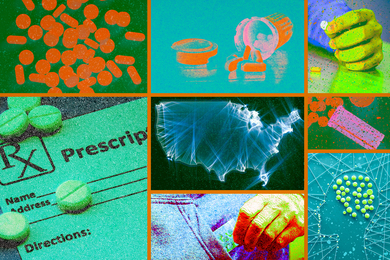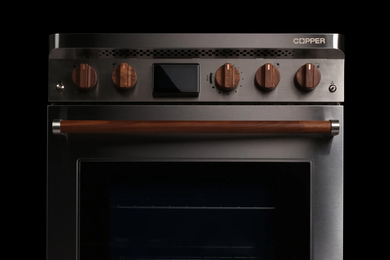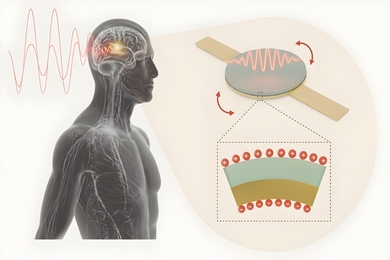Attendees at "Kitchen Chemistry" on January 19 were most enthusiastic about trying the latest in cooking utensils -- the blowtorch.
As she waved the flame over dishes of cr��me brulee, Patti Christie, an instructor in the Experimental Studies Group (ESG), explained that at about 350���F, sugar carmelizes -- turns brown and hard. The process known as the Mallard reaction (named for a French chemist) produces a ring-shaped molecule as well as more than 100 other reaction products, she said.
Attendees created several dishes from recipes provided by Dr. Christie (PhD 1996 in chemistry). While they munched on the results, she answered some questions about the foods they used. For example, chopping onions makes a cook's eyes water because they contain a chemical that produces a lachrymator when the cells are disturbed and exposed to air. This lachrymator dissolves in eye fluids and produces small amounts of irritating sulfuric acid.
Why do we knead bread dough? Because the process aligns the long, tangled gluten molecules in flour, making the dough more elastic. Why are hot peppers hot? Because of a substance called capsicum, which is also a natural preservative and appetite booster. Hot peppers are frequently used in cuisines of hot climates because they induce sweating, which helps cool the body, and they also "swamp the telltale taste of spoilage" that's a problem in hot places, particularly where there is no refrigeration, Dr. Christie said.
These and other food chemistry insights can be found in Harold McGee's On Food and Cooking, she noted. The IAP course was a preview of a for-credit spring semester seminar.
A version of this article appeared in MIT Tech Talk on January 26, 2000.





